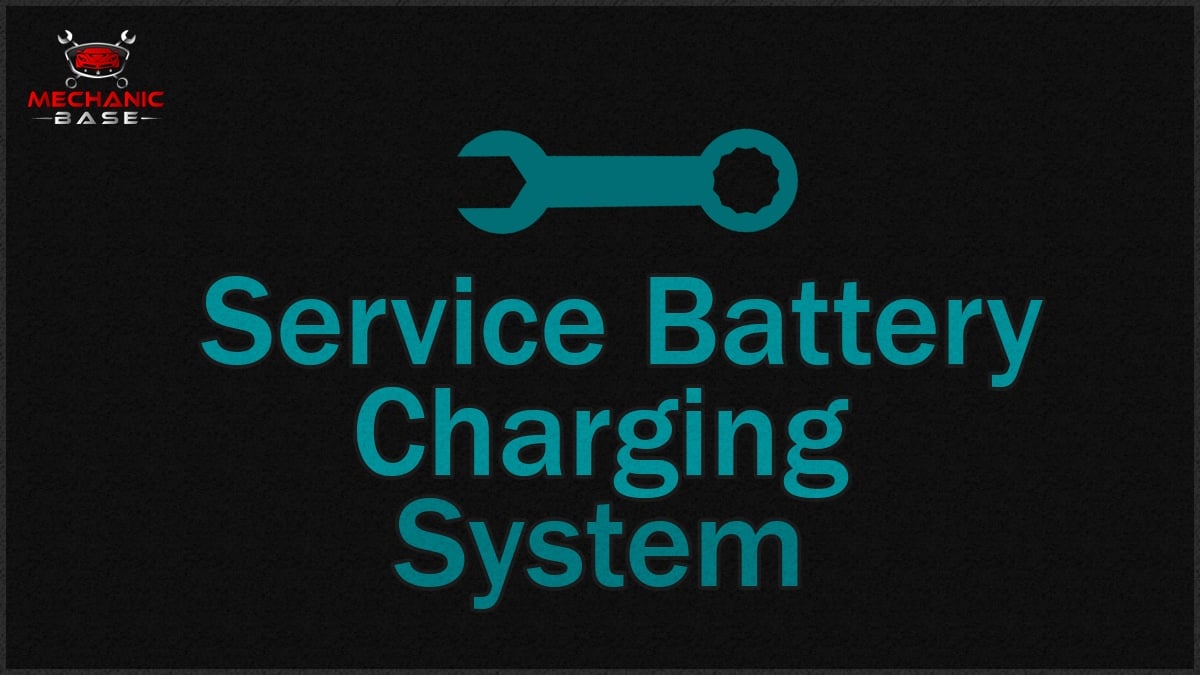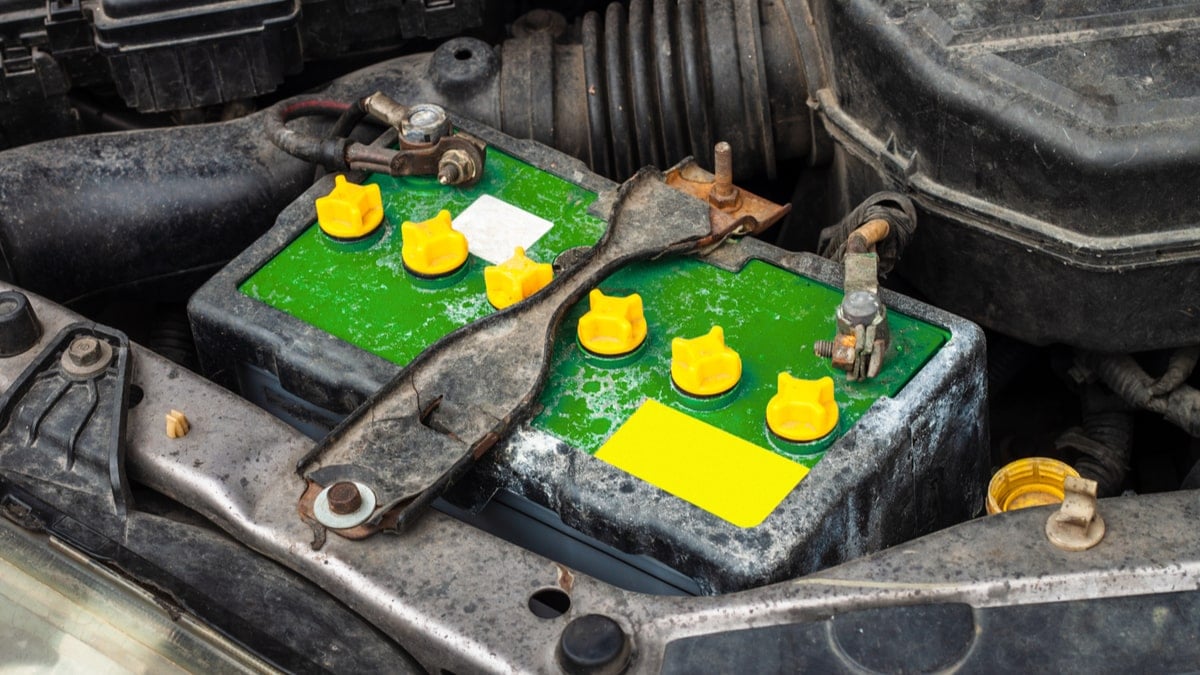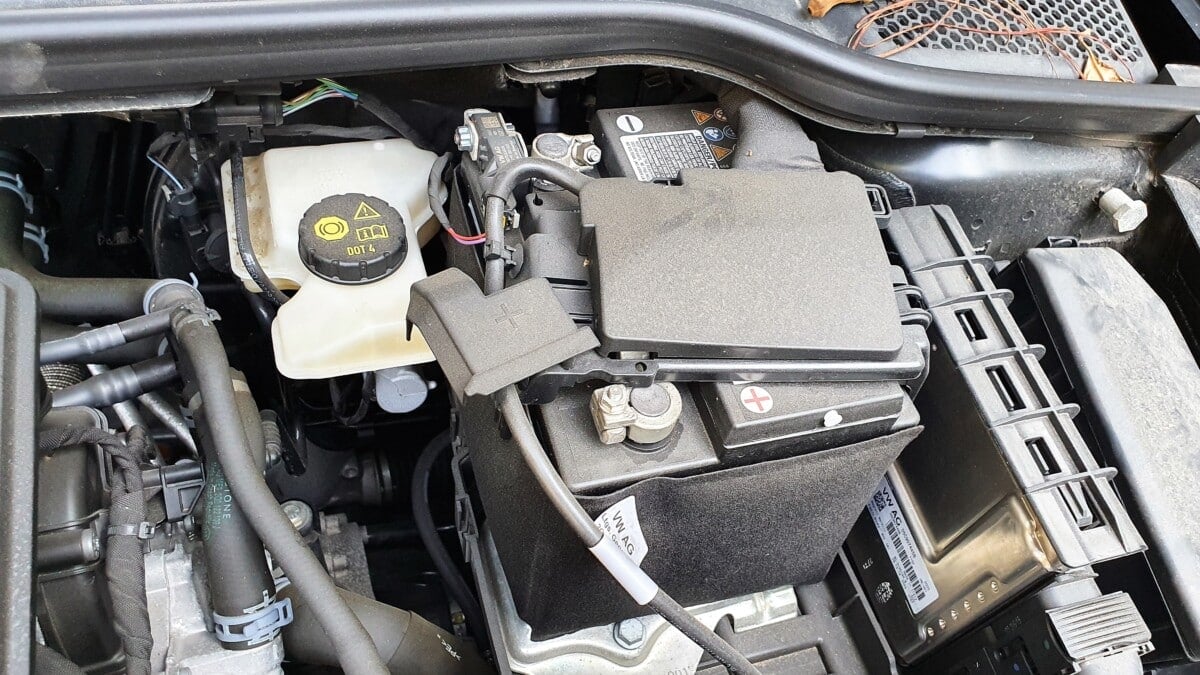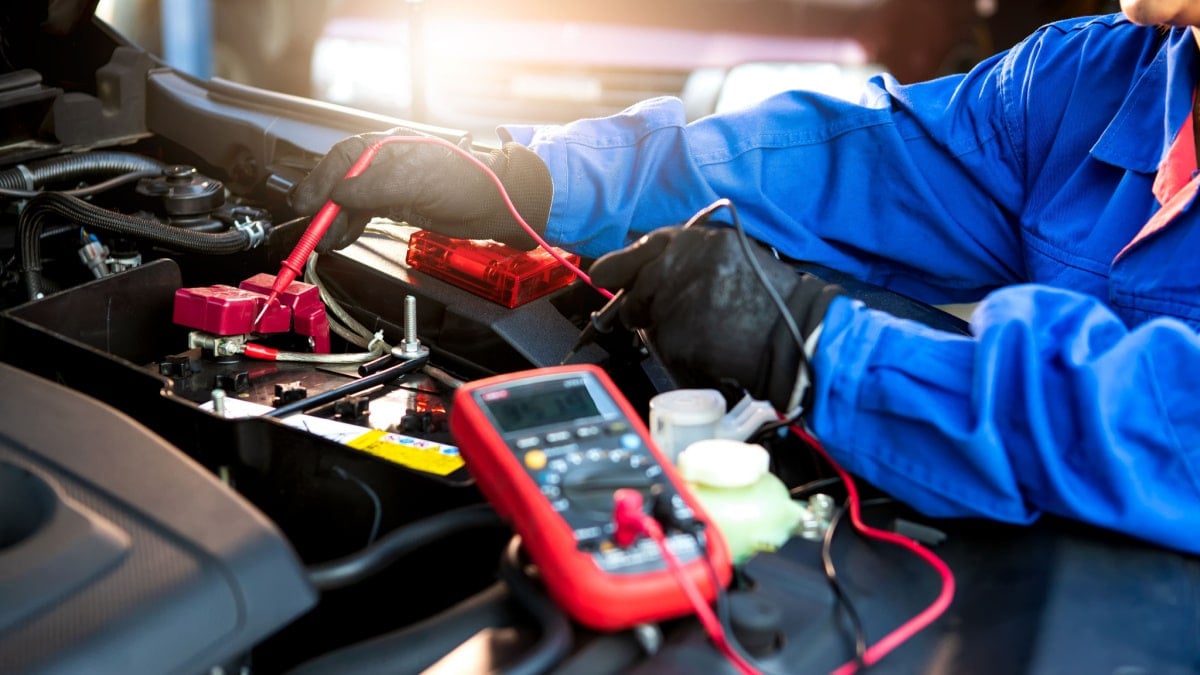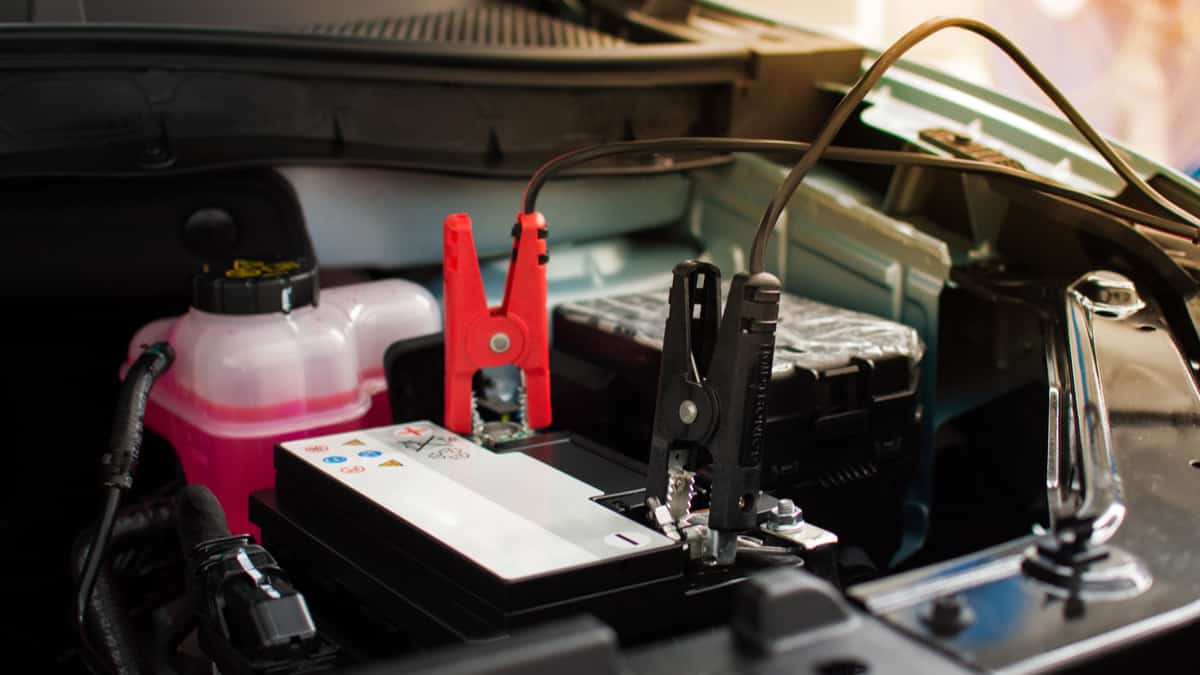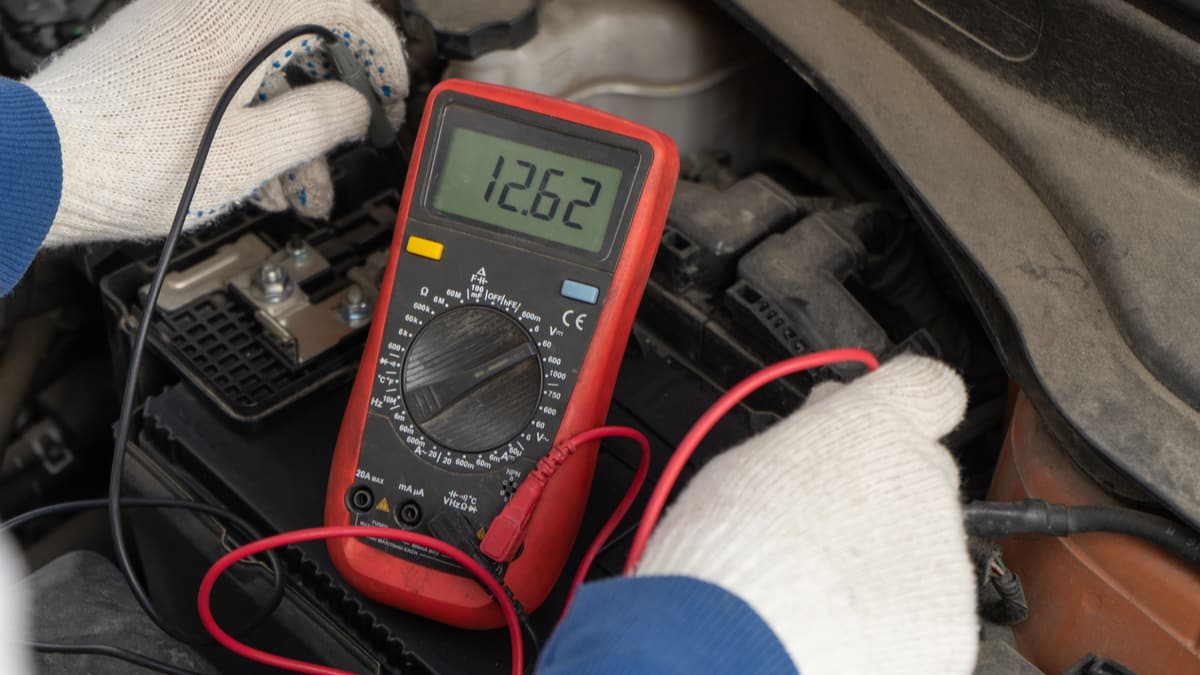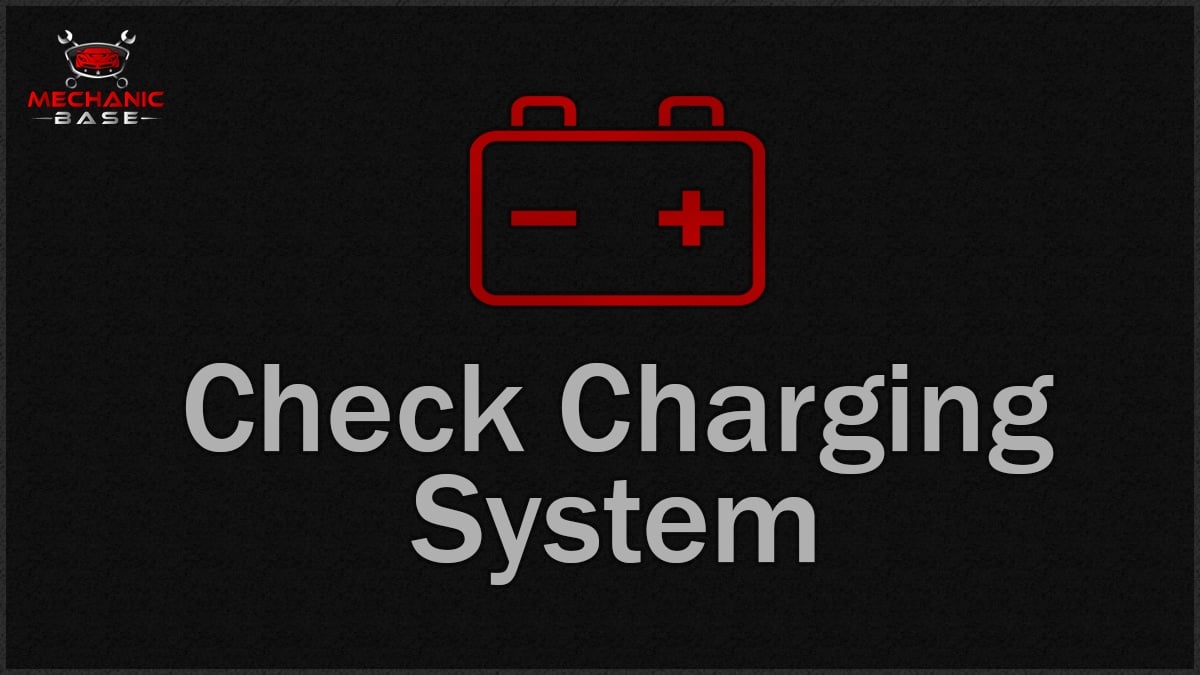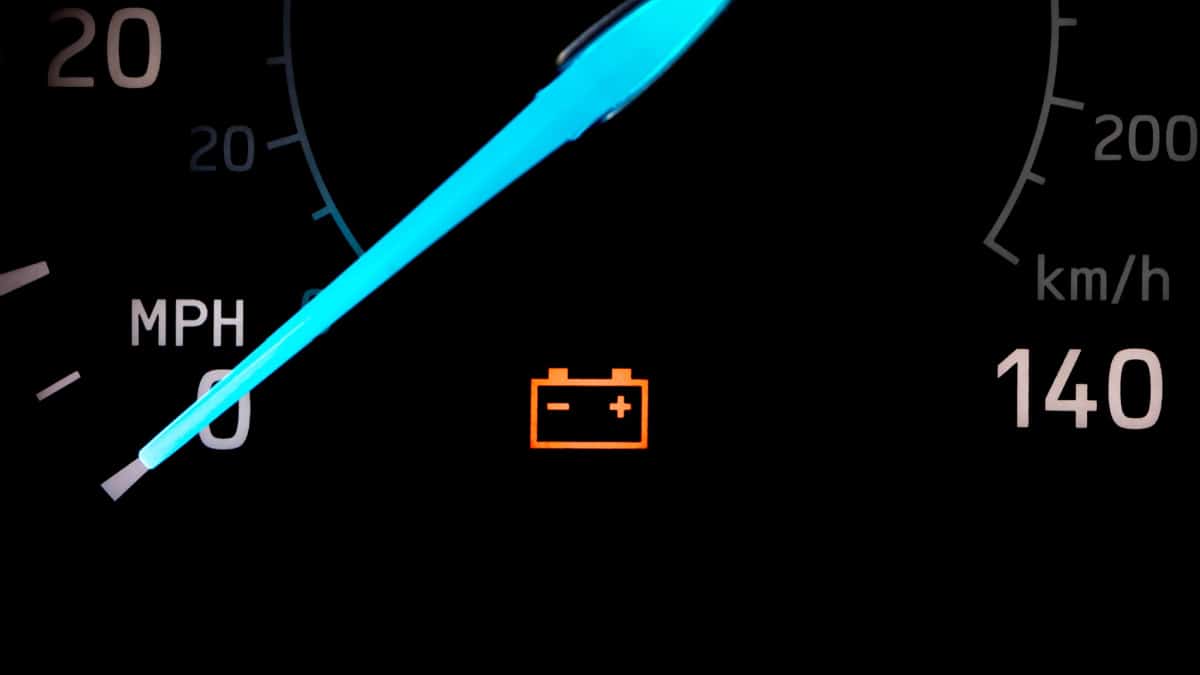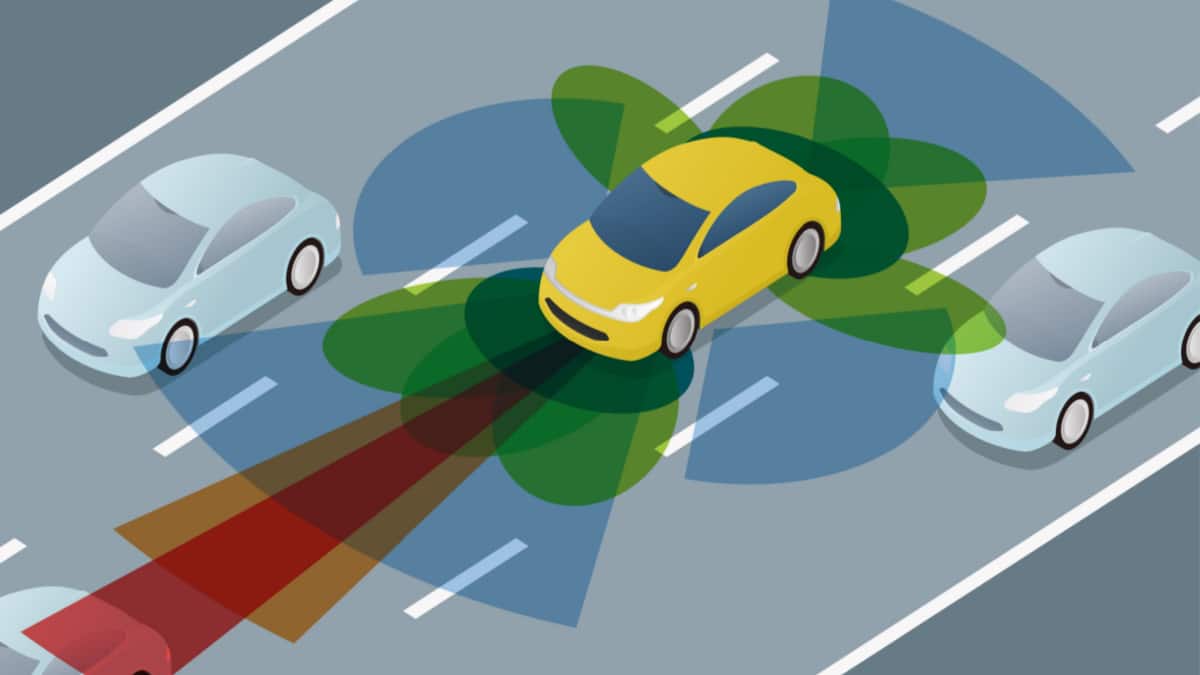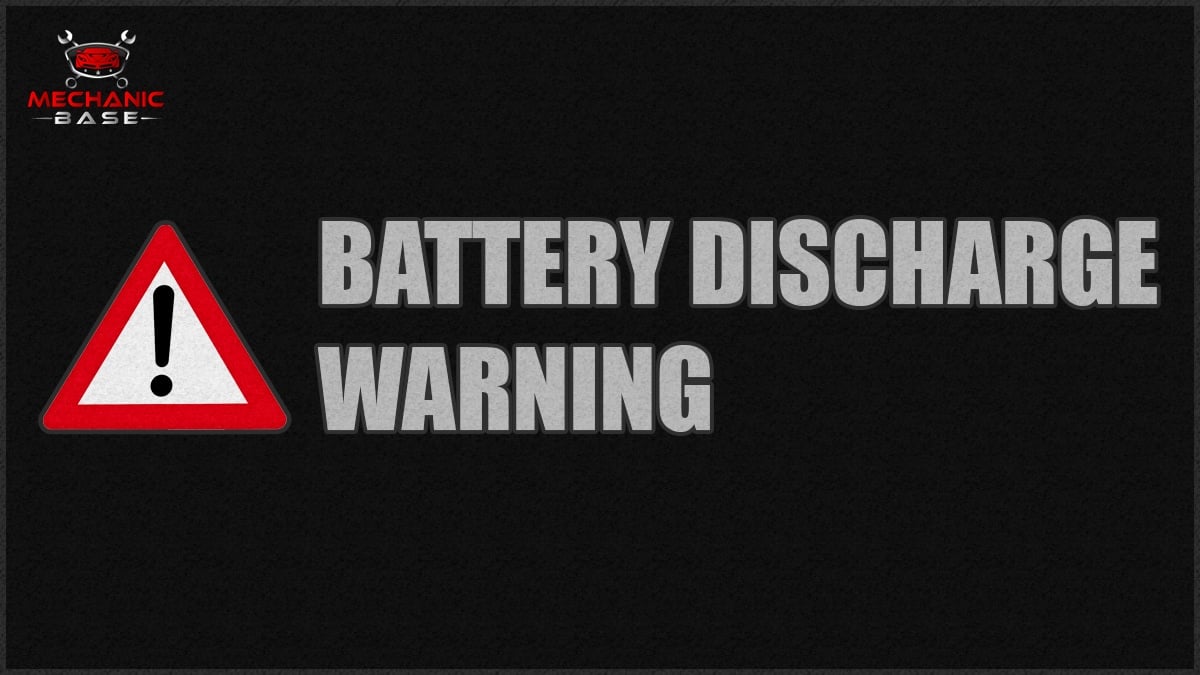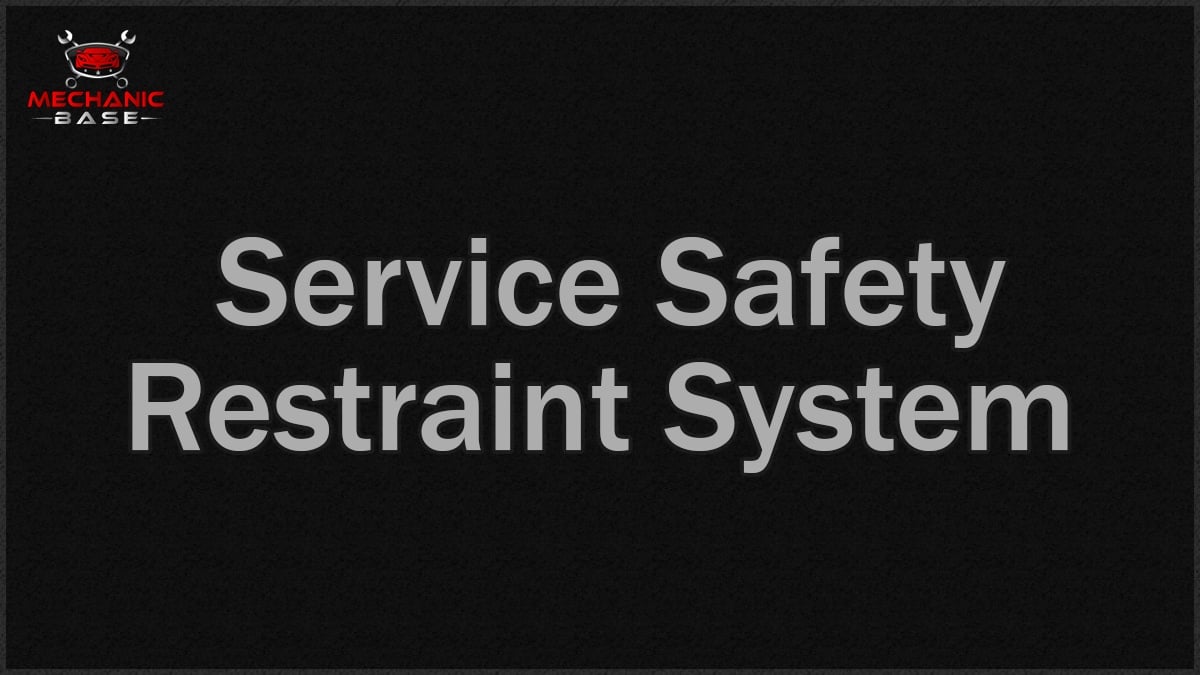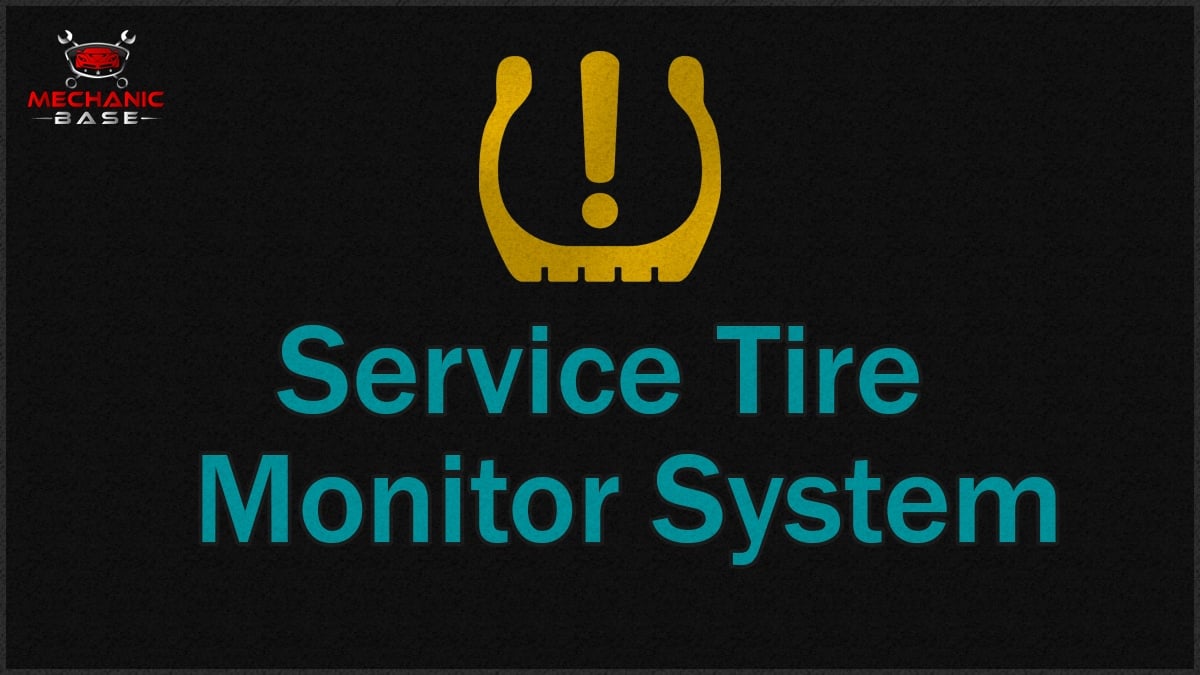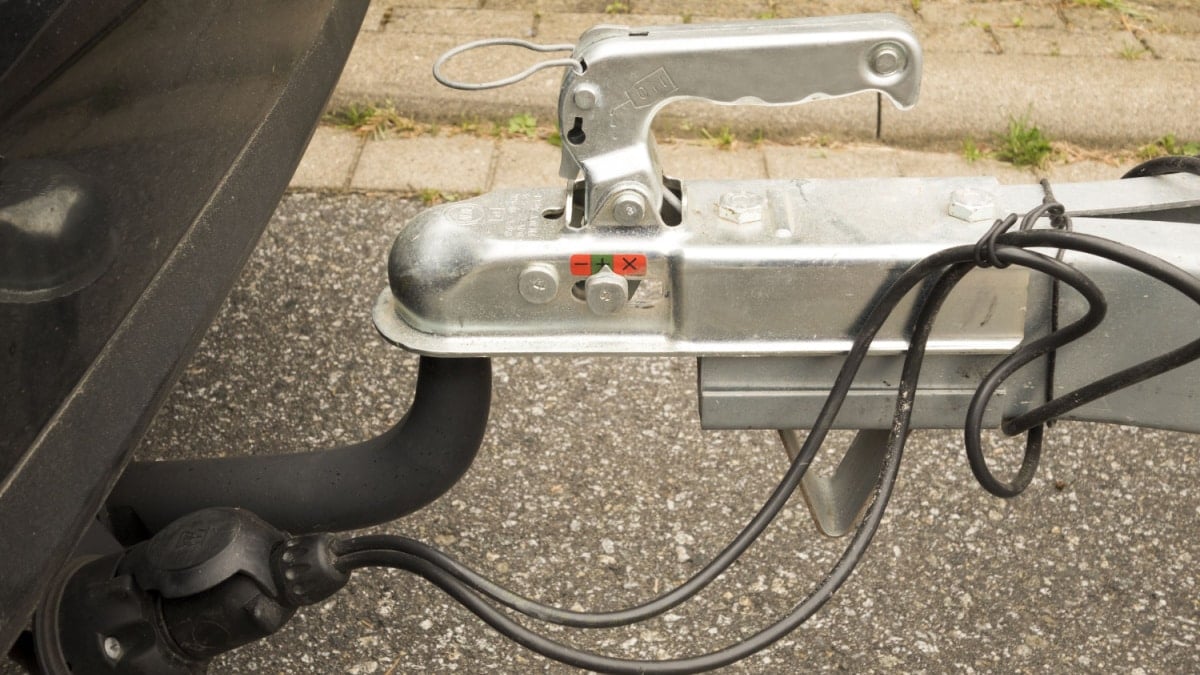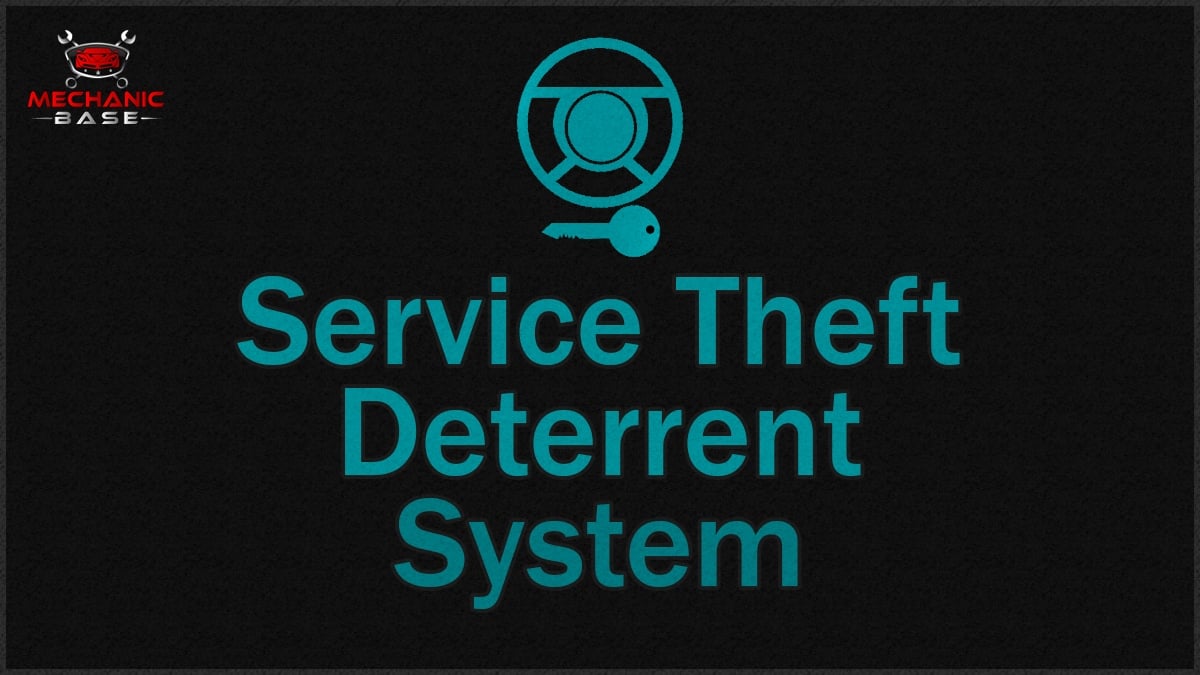The last thing you plan on seeing when you get into your car is warning lights. So, what does it mean when the Service Battery Charging System alert shows up? You may panic unless you know the meaning behind this message.
To give you peace of mind, we explain the battery warning. We show you what might cause it and give you details on how to repair it. When you reach the end of our article, we also tackle some of your most-asked questions.
What Does The Service Battery Charging System Mean?
With the Service Battery Charging System warning, you know there’s something wrong with the charging system. Considering the charging system includes the battery, alternator, wiring and electronic control unit (ECU), the fault could be with any of these components.
When the charging system doesn’t function as it should, the battery could die. You may come out to your car to a dead battery or notice trouble getting power to the vital components of the car, such as the headlights.
It’s very common to see the Service Battery Charging System warning message in Chevy, Buick, GMC, and other GM vehicles.
Causes of Service Battery Charging System
Any fault in the charging system can lead to this warning message. Therefore, the problem could be related to a bad alternator, a broken serpentine belt or a blown fuse. It could also be due to faulty wiring, a failing battery or a defective electronic control unit (ECU).
Let’s describe each of these possibilities in detail.
1. Bad Alternator
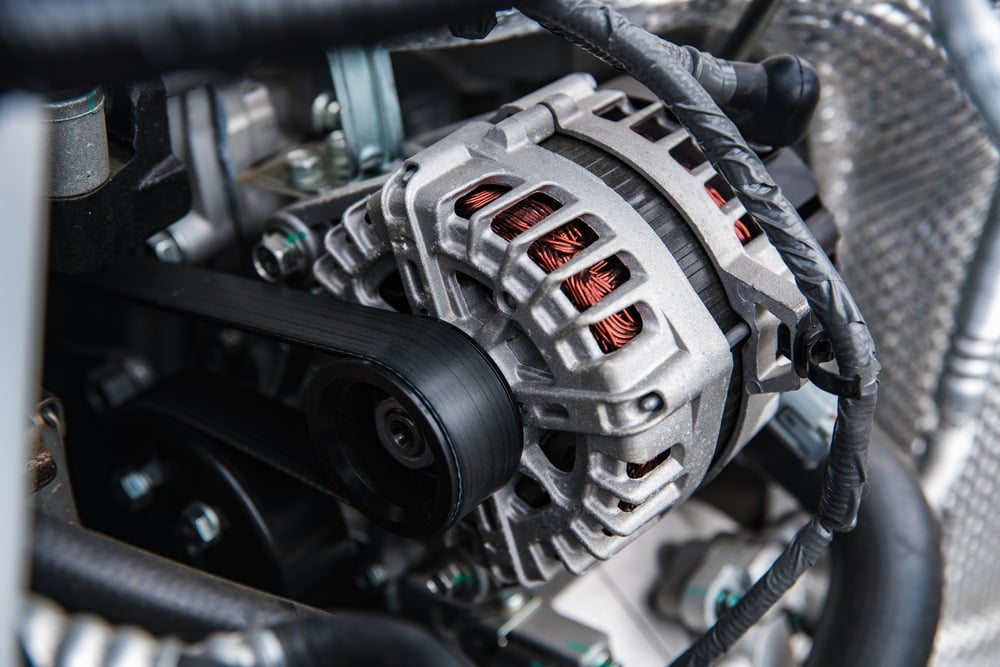
Very often, charging issues start with the alternator. The car alternator works as a type of generator. It’s responsible for charging the battery while the engine is running.
As the engine runs, the alternator pushes out enough voltage to charge the battery and run the car accessories. When the voltage gets low, not only will the battery fail to charge, but you may notice trouble with the electronic equipment, such as the radio and the headlights.
In some situations, the alternator can also provide too much voltage for the battery and electronics. High voltage leads to damage to the battery and it can cause the Check Engine Light to come on. It will also lead to blown fuses as the system attempts to protect itself.
RELATED: 6 Symptoms Of A Bad Alternator
2. Broken Serpentine Belt

The serpentine belt is also known as the drive belt. It rotates through a series of pulleys to turn the alternator. When it’s running properly, the alternator is working any time that the engine is running.
However, when the belt fails or wears down, the alternator can’t be powered on. Since we just discussed what happens when the alternator doesn’t work, you know the battery won’t charge.
RELATED: 7 Symptoms Of A Bad Serpentine Belt
3. Blown Fuse
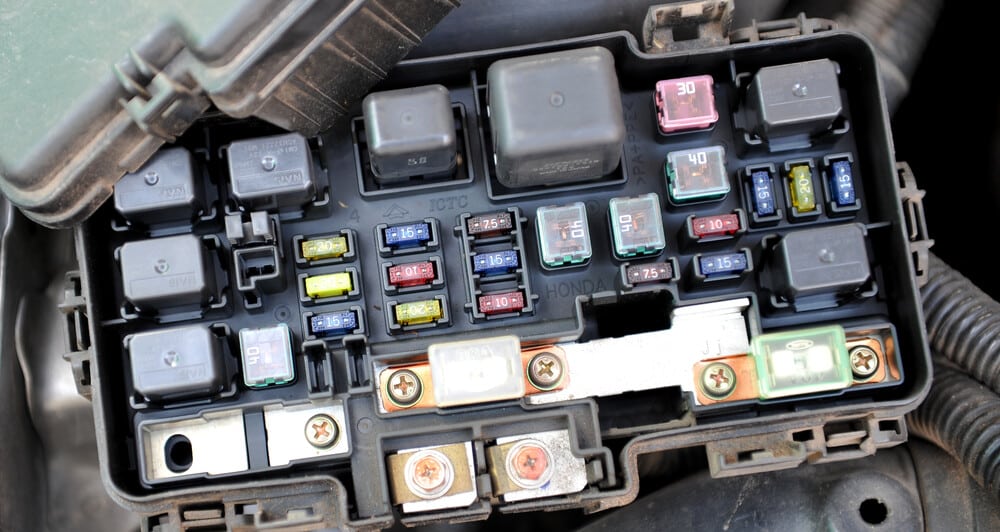
As part of the electrical system, fuses protect the connections from overload. If too much power is sent through, a fuse will blow and power gets shut down.
Most cars have two separate fuse boxes. There’s one under the steering wheel on the driver’s side of the cabin and another under the hood, otherwise known as the power distribution center.
4. Bad Wiring
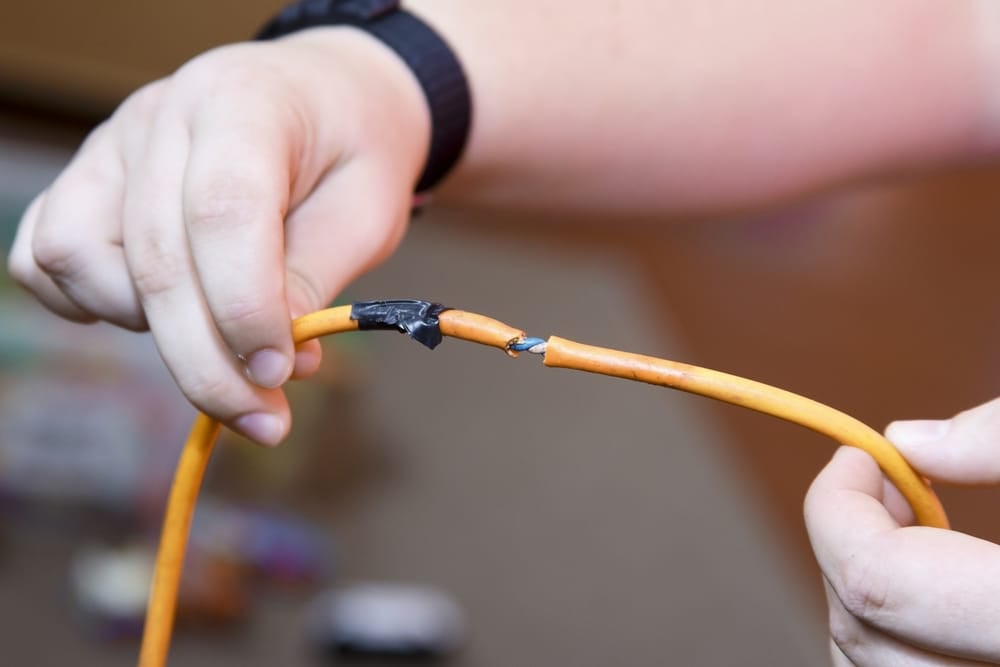
What connects all of these parts together? Wiring and connectors are responsible for routing the power from part to part.
Over time, wiring can fray or become damaged. Additionally, connectors can fail or become corroded. With a poor connection, the battery can’t get the charge that’s needed. Plus, when there’s a problem with the electrical system, you want to repair it right away before further glitches occur.
5. Bad Battery
The first thing most people think about with a charging problem is the battery. The automotive battery is at the heart of the system, so it makes complete sense.
Car batteries only last between three to five years on average, so it’s feasible that your car needs a replacement. As the battery starts to fail, you should get some warning signs, such as difficulty starting the car and dimmer headlights at night.
If the car battery fails prematurely, there could be a larger electronic issue to troubleshoot. Instead of replacing car batteries repeatedly, it’s best to figure out what’s causing the failure, so it can be fixed.
RELATED: 6 Symptoms Of A Bad Car BatteryAlternator Not Charging? Causes & How To Fix It
6. Bad ECM
Running all of these components is the electronic control unit (ECU). This computer processor controls the battery, alternator and other electronics.
If the computer fails or malfunctions, the charging voltage may not be adequate. This usually isn’t the problem, but still, something to look at if all of your other diagnosis ends up short.
How To Fix The Service Battery Charging System Warning?
The only way to tell what’s wrong with your car’s charging system is to complete a diagnostic check like professional mechanics. To get you started, we’ve outlined what we would do with our own vehicles.
Here are some simple steps to follow after you read through your car’s factory service manual.
1. Check Serpentine Belt
A visual inspection helps you determine the state of the serpentine belt. With the engine off, take a look at the belt to see if any part looks worn or torn. You can also check the tension of the belt by gently pushing down on it to see if any slack occurs.
With too much slack or any damage, you must replace the serpentine belt. The belt snakes in and out of several components, so make a note of its path if you plan to do this replacement yourself.
2. Measure Charging Voltage
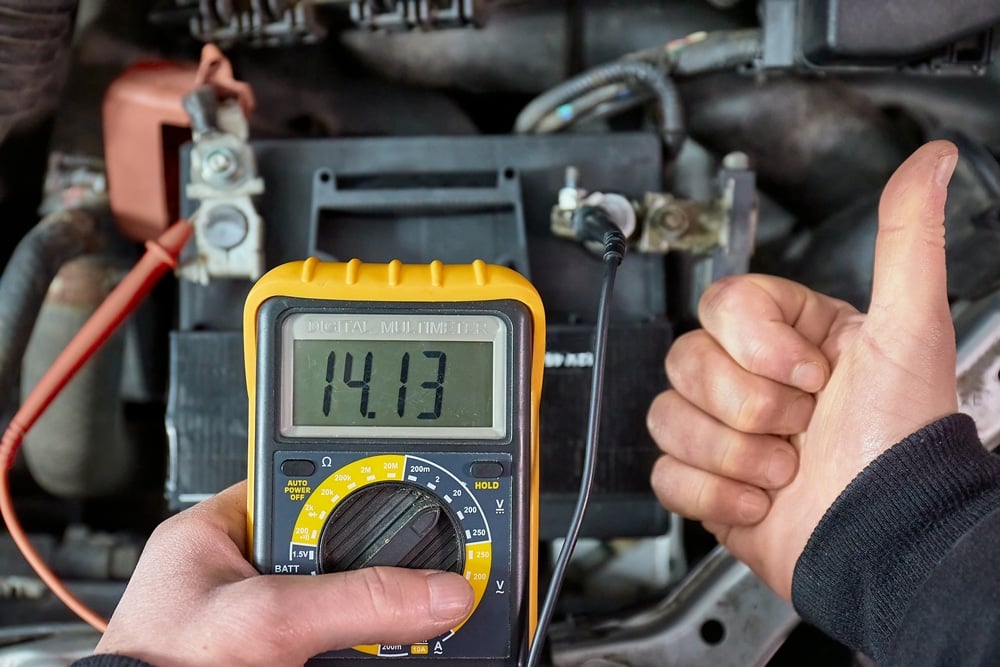
Your next step is to check the voltage of the car battery and alternator. We recommend these steps.
- Turn on the car headlights for a minute to remove the surface charge.
- Set your multimeter to 20 volts.
- Turn the headlights off.
- Connect your multimeter to the positive (+) and negative (-) battery terminals.
- If the multimeter doesn’t read around 12.6 volts, the battery may be bad.
- Fire up the engine and measure the voltage again, and with the engine running, you should see at least 13.5 volts. Otherwise, there may be an issue with the alternator or related components.
If you don’t have a multimeter or aren’t sure how to test your battery, take it to your local auto parts store. Many of the nationwide chains check batteries for free. They will also install a new one if you purchase it through them.
Learn more: How to Test a Car Alternator (5 Steps)
3. Scan Codes
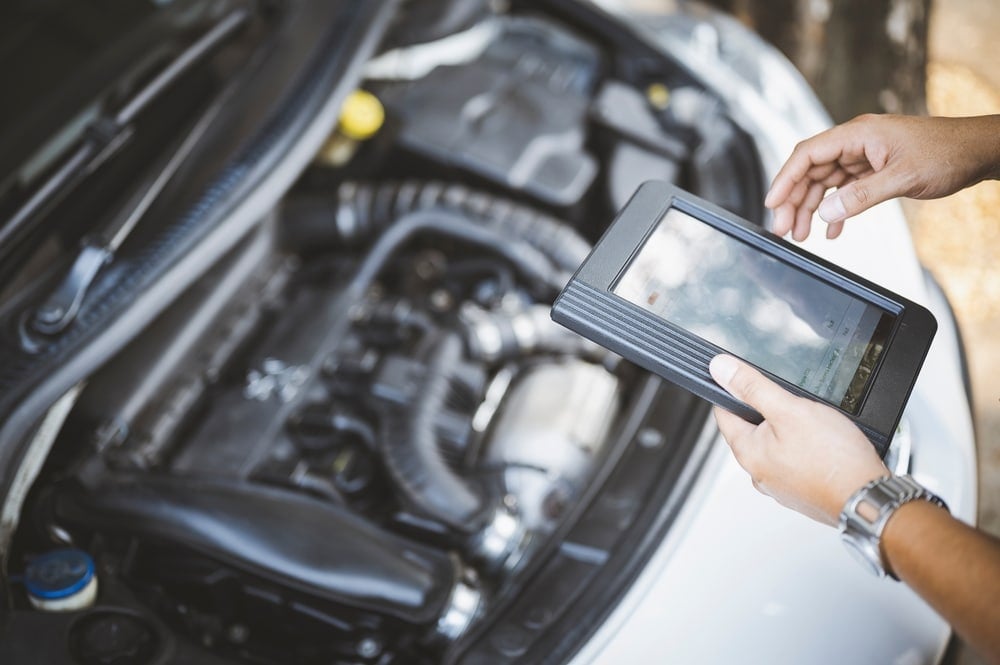
With warning lights on the dashboard or information center, you can check to see if the computer has set any codes. The diagnostic trouble codes help to determine what faults have occurred.
Use an OBD2 scanner for this task. Once you pull the information, reference our trouble code library to figure out what’s wrong. This data should help you find the problem, so you can promptly fix it.
4. Inspect the Alternator and Wiring
Some people replace a car battery only to find out there is nothing wrong with it. A perfectly good battery only works if the alternator charges it. If the battery doesn’t receive a charge, it’s more likely that the alternator has failed.
Additionally, you want to trace all of the wiring to see if anything is broken. Look at the fuse and replace it if it has blown. If the connection is corroded, you can clean this off with some baking soda and water.
5. Contact A Professional
Even the best of us get stumped at times. When this happens, it’s recommended to talk to a professional. Any auto repair shop may have more sophisticated tools and equipment, making it easier to determine what’s wrong.
If you haven’t established a relationship with a repair shop yet, you need to ask around for recommendations. Your friends, family and online reviews all provide good resources.
What does a service battery charging system mean?
When your car indicates a Service Battery Charging System message, it means that something has failed with the battery, alternator, wiring or other charging system component. If it’s not repaired, you could be left with a dead car battery.
Can I drive with a service charging system warning light?
With this warning light on, it is possible that the car battery isn’t charging. If you continue driving, the battery could die, leaving you stranded in an unsafe location. For this reason, we recommend having the problem resolved as soon as you notice the warning.
How much does it cost to fix the charging system in a car?
It depends on what needs to be repaired. A blown fuse only costs about $5 to $10 to fix, while a car battery could be $80 or more. A new alternator might cost $100 to $400, with a serpentine belt ranging from $75 to $500. On the more expensive side, it can cost much more to fix an electrical issue or replace the ECU.
How do I know if my alternator is bad?
You can test an alternator with your multimeter. Set it to DCV to 20 and connect the multimeter to the battery. The ideal reading would be around 12.6 volts. Once you start the car, the reading should rise to 13.7 to 14.7 volts, showing the battery is receiving a charge.
With the Service Battery Charging System warning in your car, it’s important to get to a safe location and fix the problem as soon as you can. Otherwise, the car battery may die and you could end up on the side of the road waiting for help. At worst, you could be in a bad part of town or in an unsafe situation that leads to even more trouble.
Take our advice and pay attention to these warning messages. Vehicles provides these alerts to protect you and the vehicle. With some quick action, you can head off any future worries with the charging system.
Learn more:
- Alternator Not Charging? Causes & How To Fix It
- Check Charging System Light – Meaning, Causes & How To Fix
- Charging System Failure – Meaning, Causes & How to Fix
Categories: Car Battery, Warning Lights
